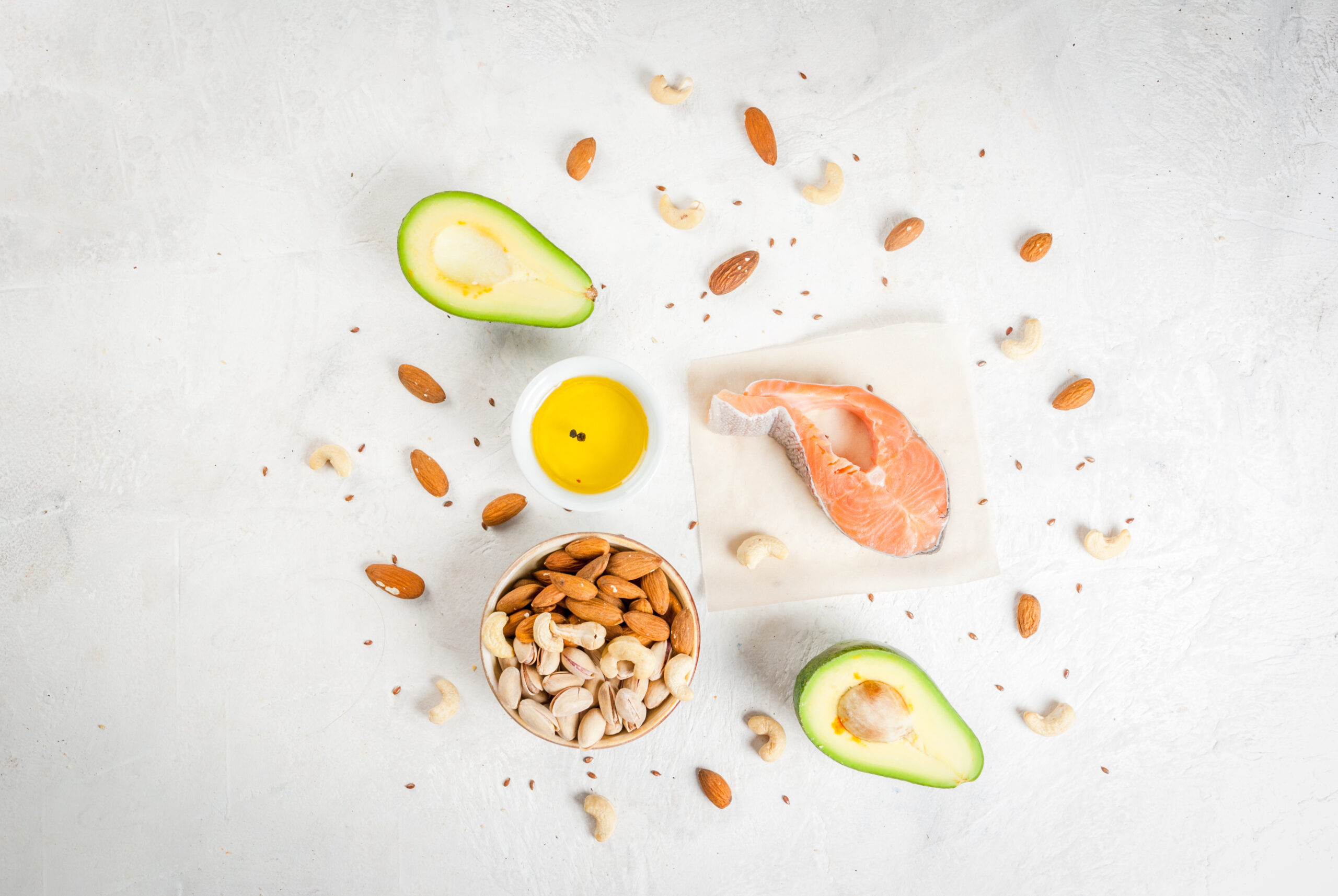For anyone force-fed fish oil as a child, a daily dose of omega-3 can feel like a rather scarring memory. But like many things, the older we get the more we realise our parents or grandparents may have had a point.
Omega fatty acids can have a positive impact on the health of our bodies, as well as the health of our brains.
Let’s start with the basics
There are two important omega-3 polyunsaturated fatty acids (PUFAs) to consider here, and these are broken down into three different chains:
·Eicosapentaenoic acid (EPA)
EPA is fantastic for a number of reasons. Its main function is to produce chemicals called eicosanoids, which help to reduce systemic inflammation throughout the body, supporting healthy joint mobility. It also has been shown to support good cardiovascular and brain blood circulation, immunity, and can even help to reduce signs of depression.
·Docosahexaenoic acid (DHA)
DHA makes up about 8 per cent of your brain weight, and is essential for healthy brain development and function. DHA is also important in supporting brain, eye, joint and heart health.
·Alpha-linolenic acid (ALA)
ALA is found in a variety of plant sources such as nuts and seeds, some green vegetables, such as Brussels sprouts, kale, spinach, and salad greens. When ALA enters our system, our bodies partially convert it to EPA and DHA, so it ultimately supports our health in the ways mentioned above.
We use the term ‘essential’ fatty acids when we describe fatty acids that are essential to our diets, but can’t be synthesised by our bodies. EPA and DHA can’t be made in the body, and for that reason they must be consumed from a dietary source such as oily fish, or supplementation with fish oil!
Understanding the omega 3:6 balance
Omega-3 and omega-6 work best for your body when existing in a balanced ratio, close to 1:1. This is because omega-3 acids are anti-inflammatory, whilst omega-6 are pro inflammatory.
An overload of omega-6 can interfere with the positive effects of omega-3, because they end up competing for the same metabolising enzymes. While we need omega-6 fatty acids to support brain function, healthy skin, hair, and bones, our diets often mean we get too many, and not enough omega-3s.
To help paint the picture…
Sunflower, corn, cottonseed and soybean oils are all more than 50 per cent omega-6 fats, with zero omega-3s. Fish oils are 100 per cent omega-3 and zero per cent omega-6.
The main point to take away is that omega-6 fats are essential – but only in the right quantities. One way you can take action is by making an active effort to look at the different forms you consume. Do what you can to keep away from the processed oils, and instead try and consume health promoting seeds such as flaxseeds, hemp seeds, pumpkin seeds, sunflower seeds and pistachios.
What foods have omega-3s?
Salmon, sardines, flaxseeds, walnuts and chia seeds contain omega-3s. When looking for a quality fish oil, compare the levels of EPA and DHA.
In summary, (1) where you can, make sure to include natural sources of omega-3s – quality fish, and plant sources – in your diet; (2) if it’s fried or processed, it’s likely to contain pro-inflammatory omega-6 acids which counter the effects of natural omega-3; and (3) give your body a boost with a high-quality fish oil.







